Sydney’s stunning coastline attracts millions of visitors each year, but beneath the postcard-perfect waters lurk invisible dangers that can turn a perfect beach day into a nightmare. Rip currents flow faster than most swimmers can manage, pulling them into deeper water, where panic often sets in.
These powerful underwater rivers account for 80% of all beach rescues and claim dozens of lives annually across Australia’s surf beaches. Understanding which beaches pose the greatest risks can help you make informed decisions about where to swim and surf.
Here is a list of 18 Sydney beaches where dangerous currents demand extra caution and respect for the ocean’s power.
Bondi Beach
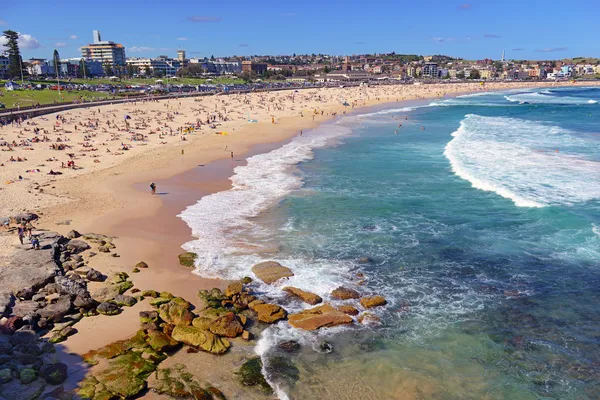
The southern end of Bondi Beach features the infamous ‘Backpackers’ Rip,’ a permanent current that targets tourists who mistake the deceptively calm, smooth water for safe swimming conditions. This rip earned its name because backpackers getting off buses often enter the water at this dangerous southern section without realizing the hazard.
While the northern end has been rated a gentle 4 out of 10 for hazard levels, the southern side receives a dangerous rating of 7 from Surf Life Saving Australia.
Tamarama Beach
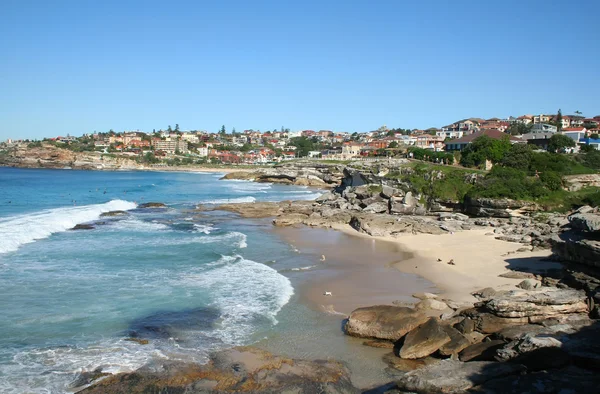
Despite its glamorous nickname ‘Glamarama,’ Tamarama Beach generates more rescue calls than any other beach in Sydney due to its powerful currents and unpredictable conditions. The beach offers some of Sydney’s strongest currents, making it a hazardous swimming destination even for experienced ocean swimmers.
The narrow 80-meter stretch between two headlands creates a funnel effect that intensifies current strength.
Like Travel Pug’s content? Follow us on MSN.
Maroubra Beach
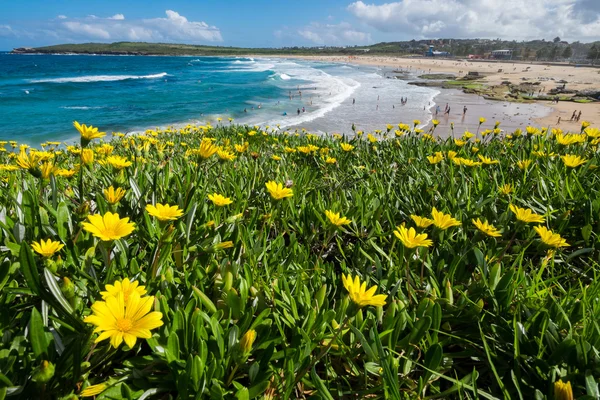
This popular surf destination has earned a reputation for being ‘rip-riddled,’ with multiple dangerous currents that can appear and disappear based on tidal conditions and wave patterns. The beach can prove dangerous for inexperienced swimmers due to strong swells and unpredictable current systems.
Professional lifeguards patrol the area during daylight hours, but the beach’s size makes constant monitoring challenging.
Bronte Beach
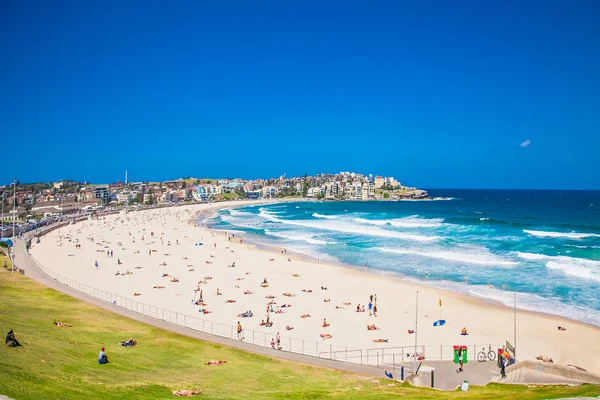
The notorious ‘Bronte Express’ rip current makes this family-friendly beach particularly dangerous for unsuspecting swimmers who focus on the park facilities rather than ocean conditions. This powerful current can quickly carry swimmers away from the protected swimming areas near the rock pools.
The beach’s popularity with families means children are often at risk if parents aren’t vigilant about current conditions.
Coogee Beach
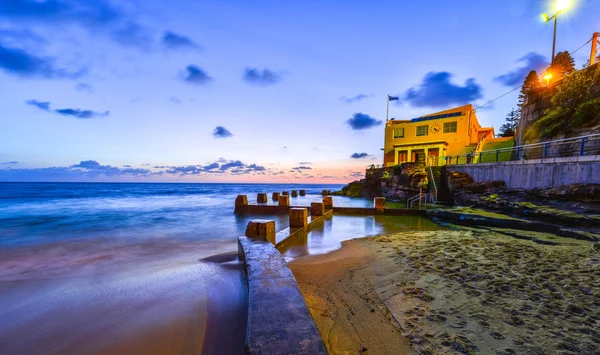
Known for its tricky and unpredictable rip currents, Coogee Beach poses significant risks despite its reputation as a family destination. The beach can be dangerous if waves are high, as it’s known for its tricky rip current that can overwhelm even strong swimmers.
The protected location from ocean swells by Wedding Cake Island gives an impression of safety that can lead to dangerous situations.
Like Travel Pug’s content? Follow us on MSN.
Bilgola Beach
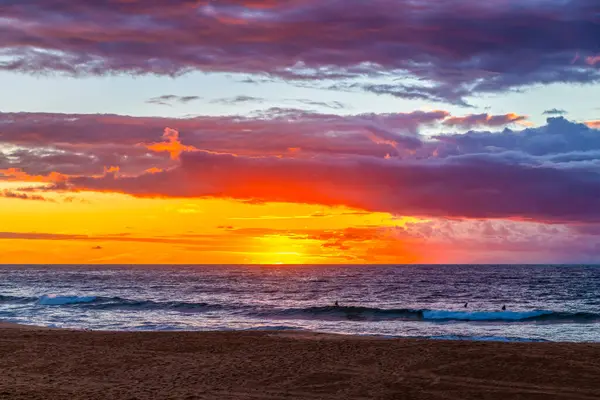
Consistent rips create gorgeous tumbling waves. Always swim between the flags to avoid dangerous rips. The permanent rip systems along the 500-meter stretch make it particularly hazardous for tourists unfamiliar with reading ocean conditions.
The beach’s remote location also means emergency response times can be longer than at more central beaches.
Manly Beach
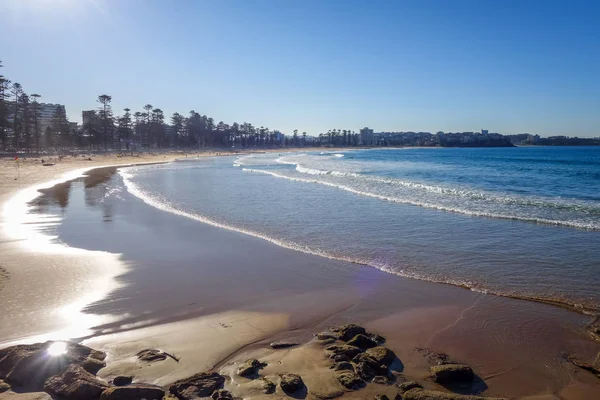
This major surfing destination’s strong currents and large waves create challenging conditions for recreational swimmers who underestimate the ocean’s power. The beach’s popularity with both locals and tourists means overcrowding can make it difficult for lifeguards to monitor all swimmers effectively.
Ferry passengers often arrive unprepared for the beach’s challenging surf conditions.
Cronulla Beach
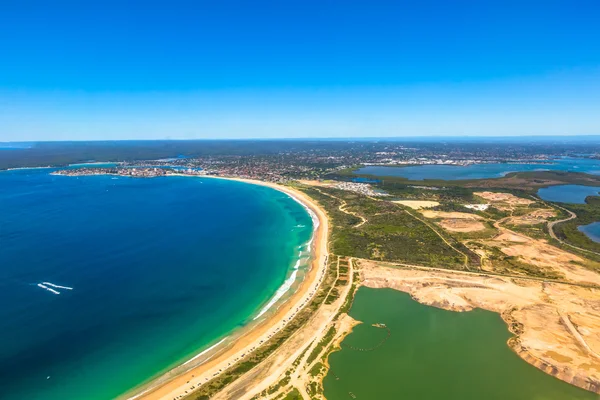
Despite being the only Sydney beach accessible by train, Cronulla’s expansive shoreline features multiple rip systems that can catch swimmers off guard. The beach’s size and popularity mean that dangerous currents can develop in areas away from the main lifeguard stations.
Year-round professional lifeguard patrol helps, but the beach’s 4.8-mile length makes complete coverage impossible.
Like Travel Pug’s content? Follow us on MSN.
Dee Why Beach
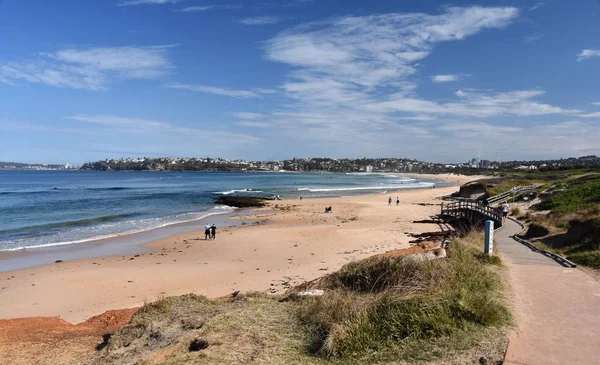
This 1.2-kilometer stretch features surf conditions that create powerful currents capable of overwhelming inexperienced swimmers. The beach’s use for major events like Australia Day celebrations can create overcrowded conditions that increase rescue risks.
Large surf competitions held here demonstrate the challenging wave and current conditions that make this beach unsuitable for casual swimmers.
Freshwater Beach
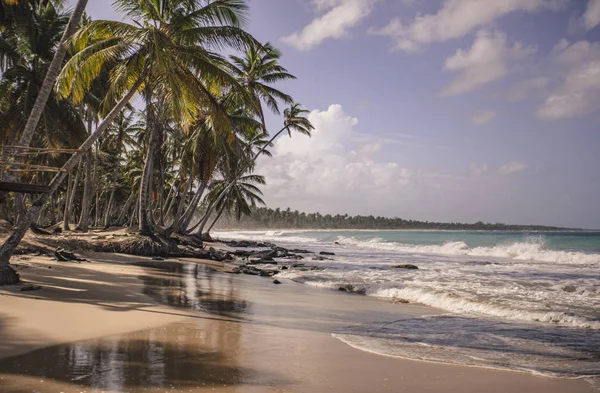
As the birthplace of surfing in Australia, Freshwater Beach maintains the challenging conditions that originally attracted surfers in 1915. The consistent wave action creates equally consistent rip currents that can surprise swimmers expecting gentler conditions.
The beach’s location north of Manly means it receives powerful swells that generate dangerous current systems.
Whale Beach
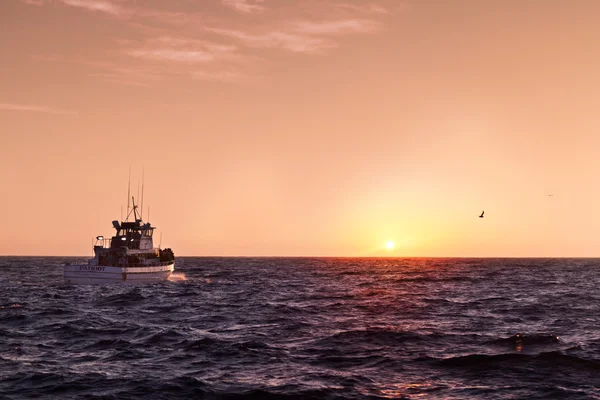
Located 25 miles north of Sydney’s CBD, this remote beach features ‘epic surfing conditions’ that translate to dangerous currents for swimmers. The beach’s isolation means rescue response times are significantly longer than at more accessible locations.
The lack of regular tourist crowds creates a false impression that conditions are safer than they are.
Like Travel Pug’s content? Follow us on MSN.
Little Marley Beach
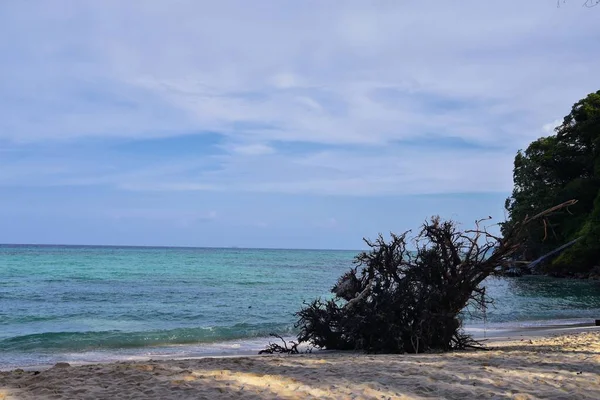
The beach is not patrolled and there are strong currents, so it’s not ideal for swimming, according to local authorities. The 20-minute walk required to reach this remote location means emergency assistance is far away when accidents occur.
The lack of lifeguard supervision combined with dangerous currents makes this beach particularly risky for any water activities.
Narrabeen Beach
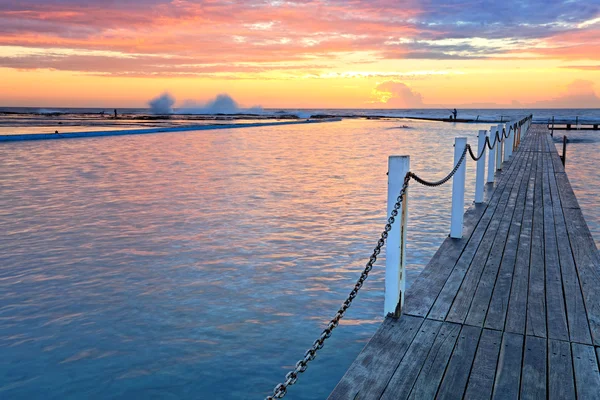
This massive 3-kilometer stretch creates multiple rip systems that can shift location based on sandbar formations and tidal conditions. The beach’s size means swimmers can easily find themselves in unpatrolled areas where dangerous currents develop.
Weekend crowds can overwhelm the available lifeguard coverage, leaving large sections of the beach unmonitored.
Palm Beach
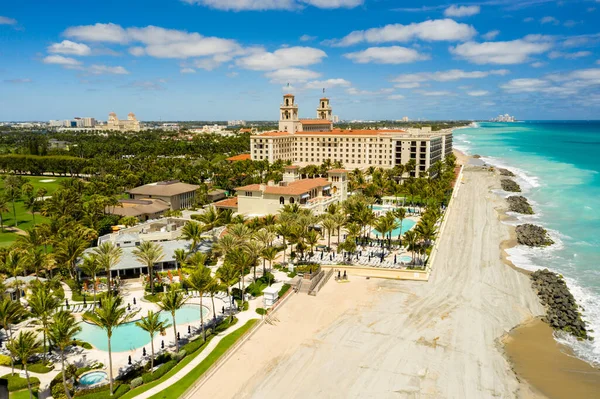
The Northern Beaches’ most exclusive location doesn’t exempt it from dangerous ocean conditions that can overwhelm even wealthy visitors with private beach access. The beach’s remote location at the tip of the peninsula means rescue services have longer response times during emergencies.
Strong currents near the Barrenjoey Headland create additional hazards for swimmers.
Like Travel Pug’s content? Follow us on MSN.
Avalon Beach
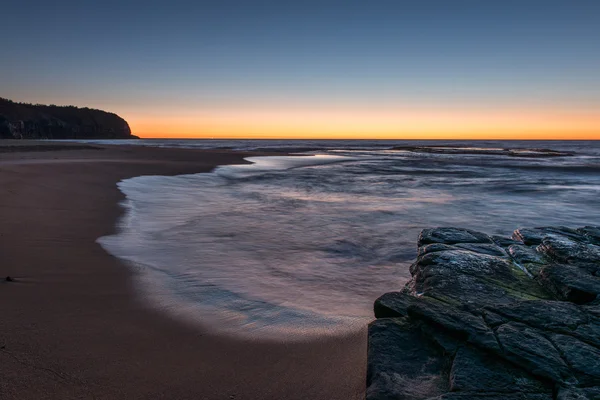
This Northern Beaches location features powerful currents that can develop quickly during changing tide conditions. The beach’s popularity with residents appears calm, but hides risks for visiting swimmers who assume local knowledge makes conditions safer.
Rip currents can appear suddenly during incoming tide cycles, catching swimmers off guard.
Newport Beach

Strong wave action at this Northern Beaches destination creates equally powerful current systems that can overwhelm recreational swimmers. The beach’s residential setting means fewer professional lifeguards compared to major tourist destinations.
Local surf culture can make visiting swimmers feel pressured to enter water beyond their skill level.
Shelly Beach
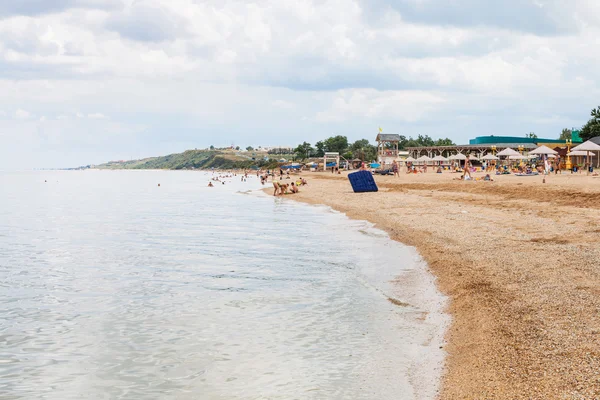
Despite its protected location near Manly, this small beach can develop dangerous currents, particularly during high tide or large swell conditions. The rocky surroundings that provide shelter also create unpredictable water flow patterns that can trap swimmers.
The beach’s reputation as a snorkeling destination can lull visitors into underestimating current dangers.
Like Travel Pug’s content? Follow us on MSN.
Clovelly Beach
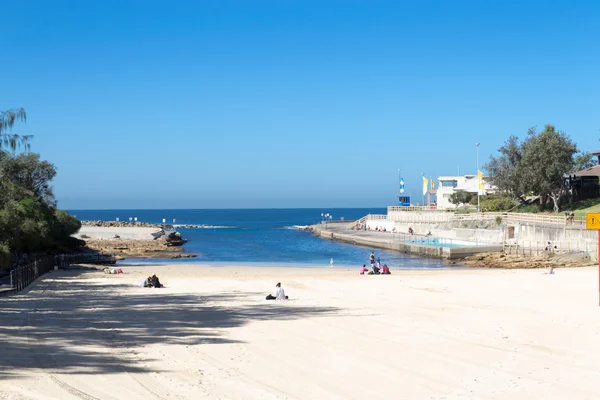
The narrow bay configuration that makes this beach appear protected creates funnel effects that can intensify current strength during certain tide conditions. The concrete platforms that provide European charm also create artificial current patterns that can surprise swimmers.
The beach’s reputation for calm conditions can lead to dangerous overconfidence among visitors.
When Paradise Turns Perilous
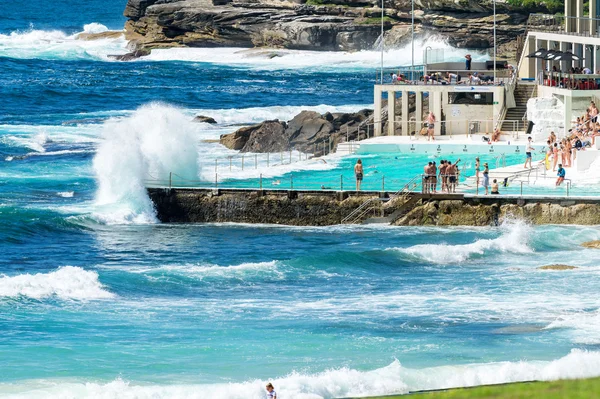
Sydney’s beaches represent the eternal tension between natural beauty and hidden danger, where the same forces that create perfect waves also generate life-threatening currents. These 18 locations remind us that Australia’s beach culture evolved alongside a deep respect for ocean power – knowledge that can mean the difference between a memorable day and a tragic headline.
The lifeguards who patrol these beaches aren’t just athletic figures in red and yellow; they’re the thin line between paradise and peril in a city where the ocean’s beauty masks its deadly potential. Remember that even the most experienced swimmers can be caught off guard by rip currents, and the golden rule remains unchanged: always swim between the flags where professional lifeguards maintain constant vigilance over the water that defines Sydney’s soul.
More from Travel Pug

- 20 Best Beach Towns in the Carolinas
- 13 Destinations Where Tourists Regularly Regret Their Trip
- 20 Things You Actually Get in First Class
- 20 Small Airports With Aviation Museums
- 20 Places in the U.S. That Are Perfect for a Reset Trip
Like Travel Pug’s content? Follow us on MSN.
